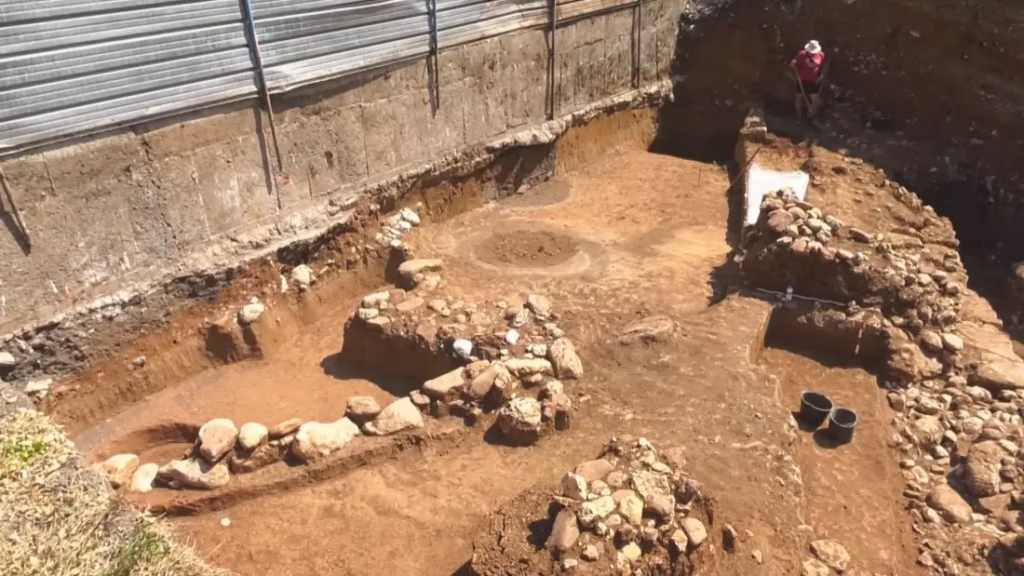An extraordinary archaeological find in the Bulgarian city of Vratsa is rewriting the history of the Thracians. The recently uncovered stone palace, believed to belong to the powerful Triballi tribe, reveals the architectural sophistication and cultural richness of one of ancient Thrace’s most influential groups.
A Hidden Treasure Uncovered by Chance
The monumental structure was discovered during mandatory archaeological inspections prior to a private construction project near the Mogilanska Mound, an area previously known for rich tombs dating back to the 4th–5th centuries BCE. Although medieval graves were documented here, the massive dry-stone palace beneath them came as a complete surprise.
Georgi Ganetsovski, Director of the Vratsa Regional History Museum, explained, “The precision-cut blocks, perfectly fitted without mortar, indicate elite Thracian craftsmanship and suggest this was a royal residence, not an ordinary settlement.”
From Royal Palace to Sacred Mausoleum
Archaeologists believe the palace was later transformed into a heroon — a funerary monument elevating the deceased ruler to semi-divine status. Supporting this theory, three richly furnished tombs discovered in the 1960s nearby contained golden wreaths, earrings, and a silver-gilded kneeguard adorned with the image of the Great Mother Goddess, a central figure in Thracian spirituality.

The Triballi Tribe: Thrace’s Forgotten Power
Known from ancient texts for their fierce resistance against Persians, Macedonians, and Romans, the Triballi have long been enigmatic in archaeological records. This discovery finally provides tangible evidence of their dynastic center, highlighting their political and religious importance in the region.
While the architectural style resembles other elite Thracian sites like Seuthopolis and Provadia, the Vratsa palace stands out as a unique direct seat of a Triballi ruler.
Urgent Call for Preservation
Currently, Bulgarian cultural authorities are reviewing the site’s fate. Experts urge swift action to preserve the structure in situ, arguing that its protection would not only advance scientific research but also transform Vratsa into a major cultural and tourist destination.
Ganetsovski emphasized, “Vratsa could become one of the rare modern cities preserving ancient dry-stone architecture in its core. Protecting this site means safeguarding a priceless chapter of Thracian history.”
Cover Image Credit: Nova





